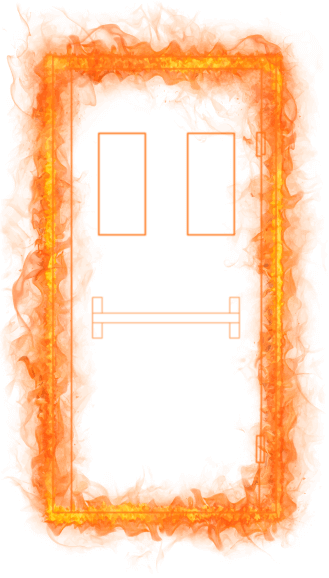
Talk to Our Officers
+918799606766




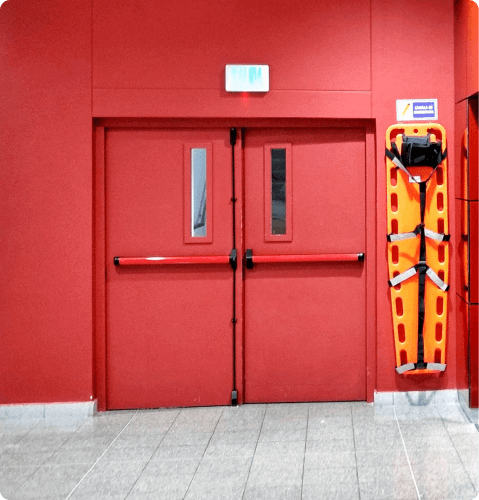
I still have nightmares about the time years ago when I barely made it out alive from a fiery movie hall...
Read More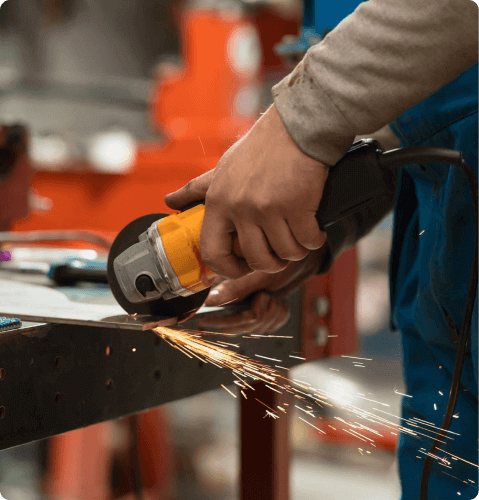
Fire creeping under the door. Thick smoke filling the hallway. The alarm blaring loudly...
Read More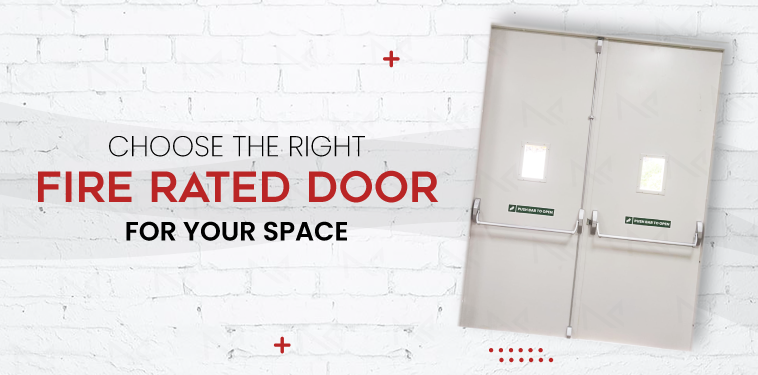
However, with so many options available in the market, how do you determine what is best for you? Don’t worry!
In this guide, I’ll give you a step-by-step guide so you can select the best for you. So without delay, let’s go!
But all the doors are the same, right? Then why does one fire door not fit all?
Take one thing in mind, this is not the one size fit for solution. Different buildings, spaces, & regulations call for different types of fire doors.
For example, a residential apartment needs lighter, aesthetically pleasing doors
By understanding your space, its demand, you can make a choice that ensures both safety & compliance.
But exactly how do you understand the need for your space? Here’s your step-by-step guide to selecting a fire door that your spaces demand.
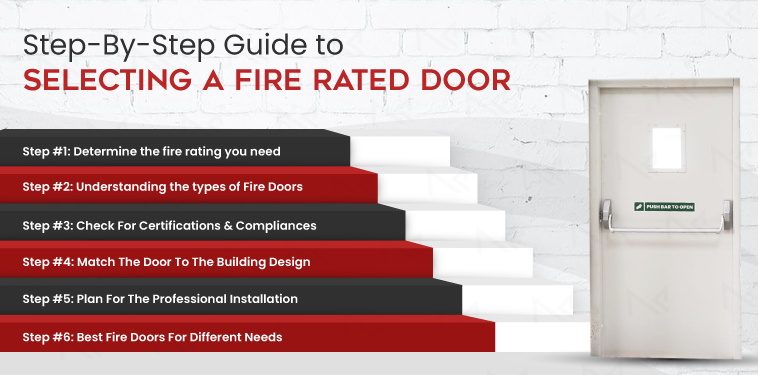
Fire doors are rated according to their capacity to how long they can resist the fire. The fire doors of FD30 resist the fire for 30 minutes & it is often used in homes.
There are different types of fire doors according to the needs of the spaces.
For Ex:
Timber Fire Doors: Look aesthetic & mostly used for residential spaces.
HMPS Fire Doors: Heavy-duty steel doors, used in industrial areas & high-risk areas.
Sliding Fire Doors: Ideal for places with limited spaces or high foot traffic.
You have to always ensure that the door is certified by a recognized authority. As a certified door guarantees tested performance & compliance with local fire safety regulations.
Modern fire doors come with safety & different looks like different colours, finishes & materials without compromising on the safety. And it blends with your building’s interior.
Installation plays a critical role, as it is observed that the best fire doors will fail if installed incorrectly. Always go with the certified installers to ensure proper fitting, alignment & sealing.
As this is not the one that suits all cases. Every space demands its customization. Here are some suggestions for choosing the best fire door.
Selecting a cost-efficient thing is good, but it should not hamper the quality. Compromising on quality can ultimately cost much more in the long run. The right fire door is an investment in safety. High-quality doors may have higher upfront costs. But they last longer, require less maintenance & most importantly, perform very well during emergencies.
But sometimes high-quality doors do not work well, but why?
While investing in fire doors, just avoid these pitfalls:
Don’t take the fire doors are just legal requirements, as they are more than that. They are your life-saving jackets during an emergency. By using a fire door selection guide, understanding the types of fire doors & avoiding common fire door mistakes, you can ensure the safety of everyone in your building.
Whether you are in need of a sliding fire door for the busy hospital corridor or an HMPS fire door for industrial safety, MK Fire Door Services can help you to find out the right solution for your needs & install it with high precision.
Contact MK Fire Door Services today for a free consultation & choose the best fire door solution for your space!
Ans: An FD30 timber fire door is ideal for most residential spaces.
Ans: Yes, HMPS fire doors are more expensive than timber fire doors. But, they offer superior durability & fire resistance.
Ans: Fire doors come in sliding models also. And it is mainly used in hospitals & hotels as these are excellent for space saving.
Ans: No, it is not recommended. The fire doors should always be installed by certified professionals like MK Fire Door Services, to ensure compliance & safety.

Our MK fire safety door system utilizes specialized fire-resistant materials and construction techniques to dissipate heat, effectively slowing the spread of fire. This innovative solution operates independently, ensuring continuous protection without compromising aesthetics or functionality.
Read More